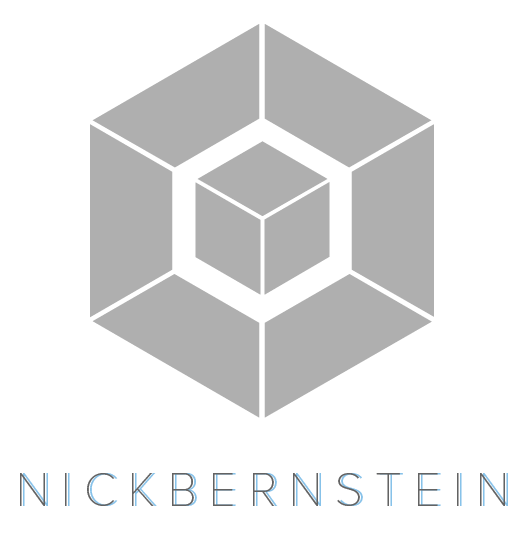One of the most involved projects I took on during my time at Codal was an SaaS platform geared towards construction contractors and supply houses. With a working title of “Electric Platform,” it gave contractors the ability to create complex and often lengthy orders, track project bids, maintain an organized list of ongoing negotiations with supply houses, and send invoices. The platform enabled member supply houses to bid on projects and communicate regarding any discrepancies between their stock and the order, so as to mitigate any supply issues to contracts before they happened.
After our initial kick-off meeting, I got straight to work mapping out the Information Architecture necessary to provide a robust backbone for such a detailed web app. We defined the scope of the project, and I organized everything from a high-level perspective. This enabled me to break things down easier when the time came to assemble use cases. I began by whiteboarding the general hierarchy of features, pages, and actions users would be taking. This eventually translated into a sitemap that set the baseline for the rest of the application.
Once I had a basic heuristic in place, I started to glean every bit of information I could from the client and various web sources in order to broaden my understanding of general contracting and suppliers. I created a basic scenarios deliverable to give the team a better idea as to what we were trying to accomplish, and to show the client that we had a firm understanding of the goals in mind for the project.
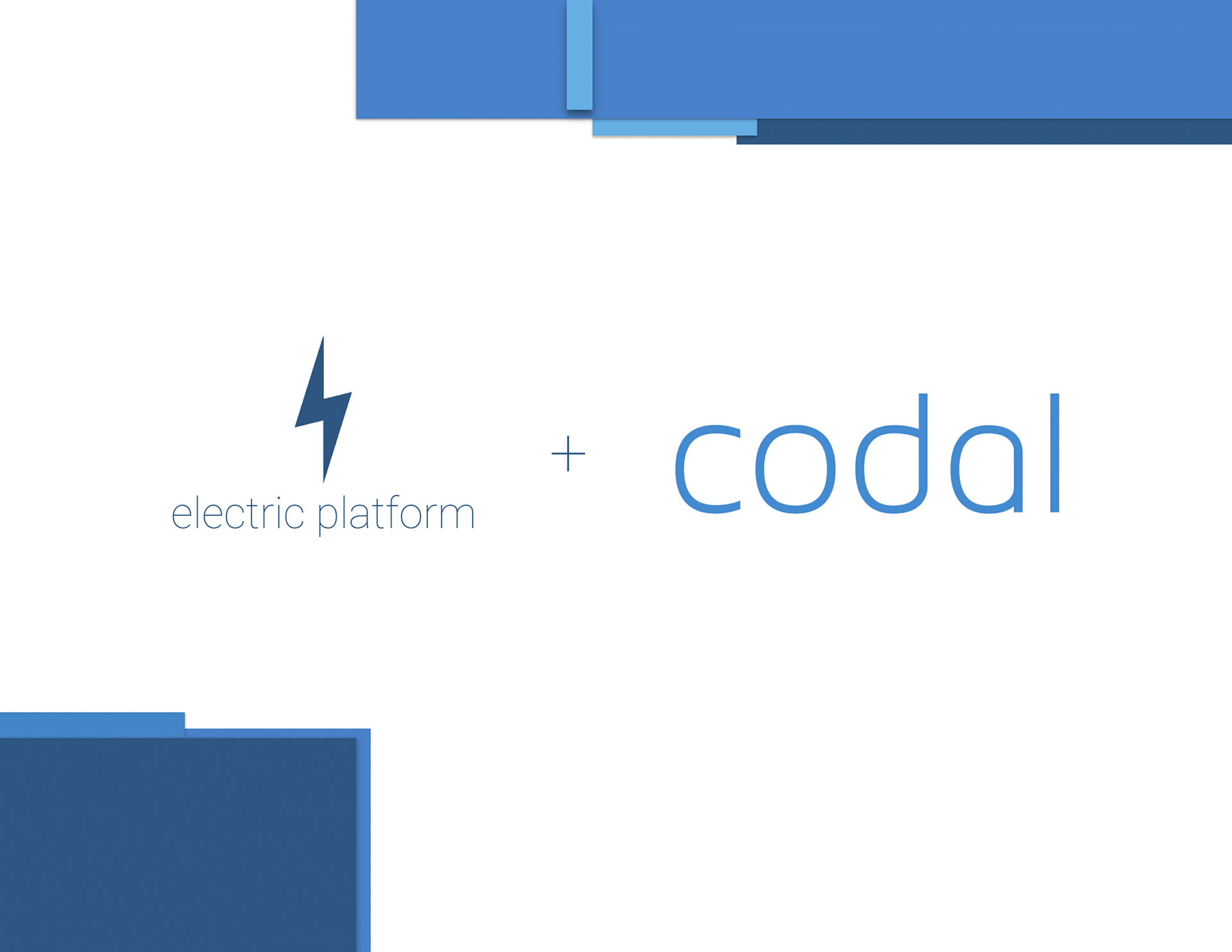

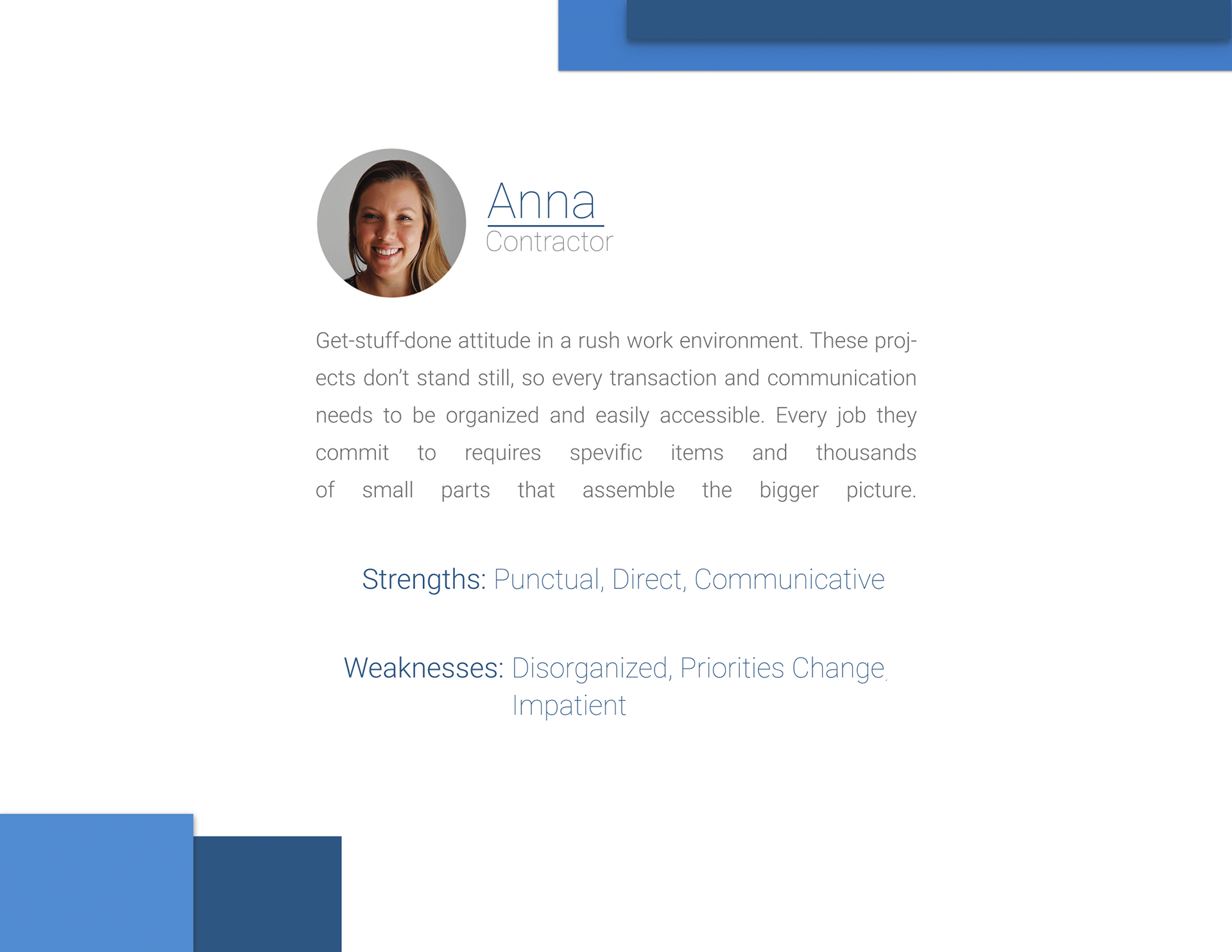

After a second meeting to refine the SoW and put a DevOps timeline in place, I set out out to create use cases for all of the interconnected functions that would make up this complex platform. Segments such as creating quotes, the bid process, invoicing, and order fulfillment. These were then sent to the client for approval, and I took to the whiteboard again to start ideating wireframes with my colleagues.
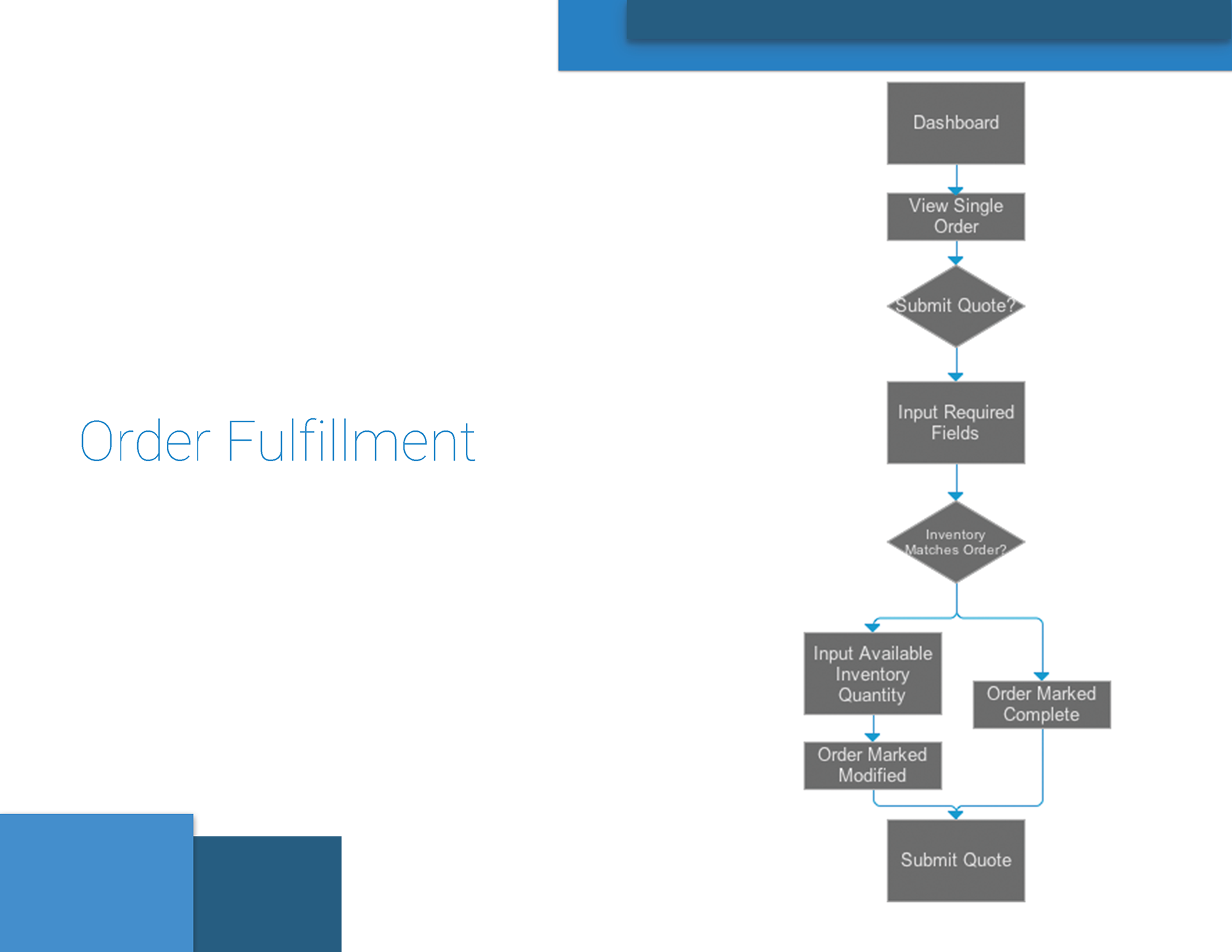
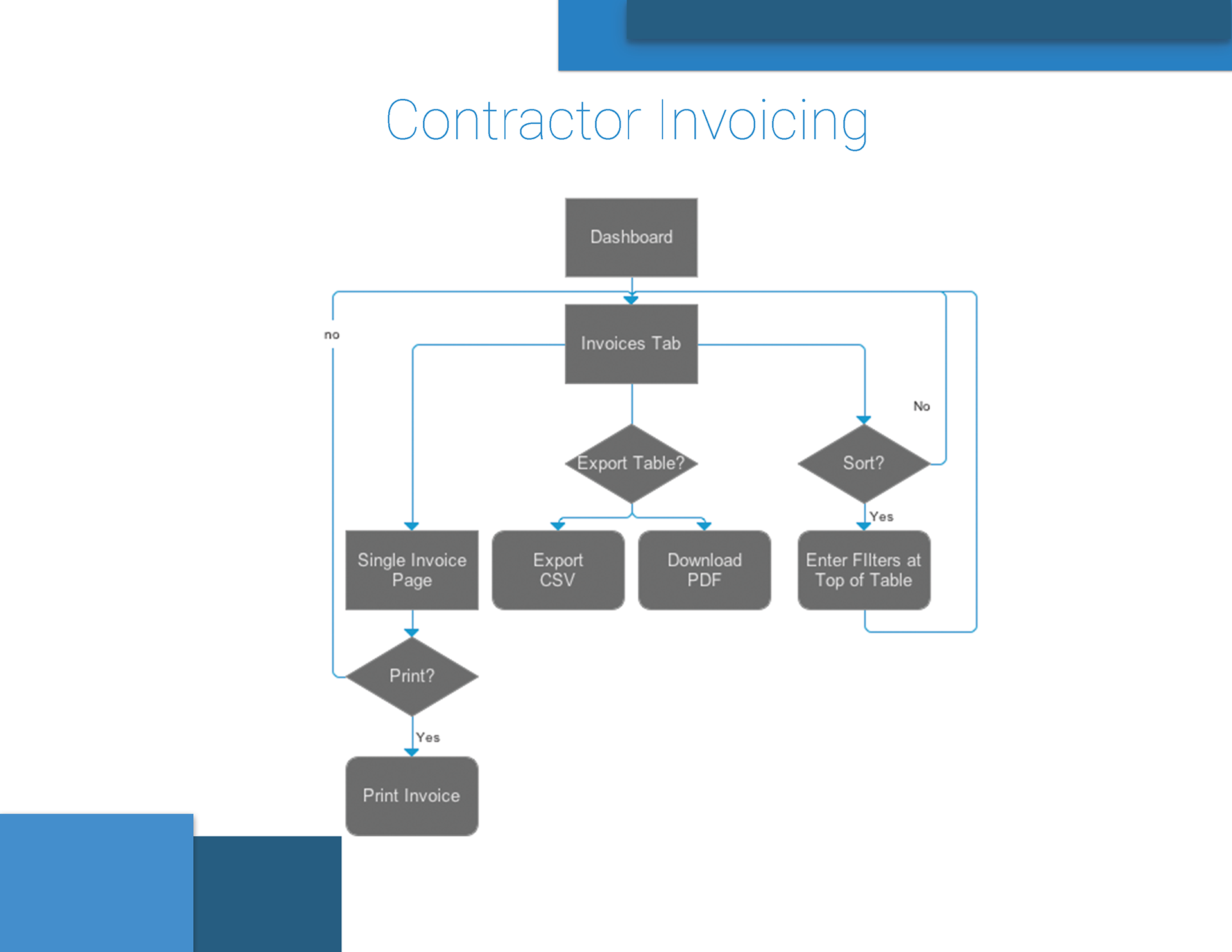
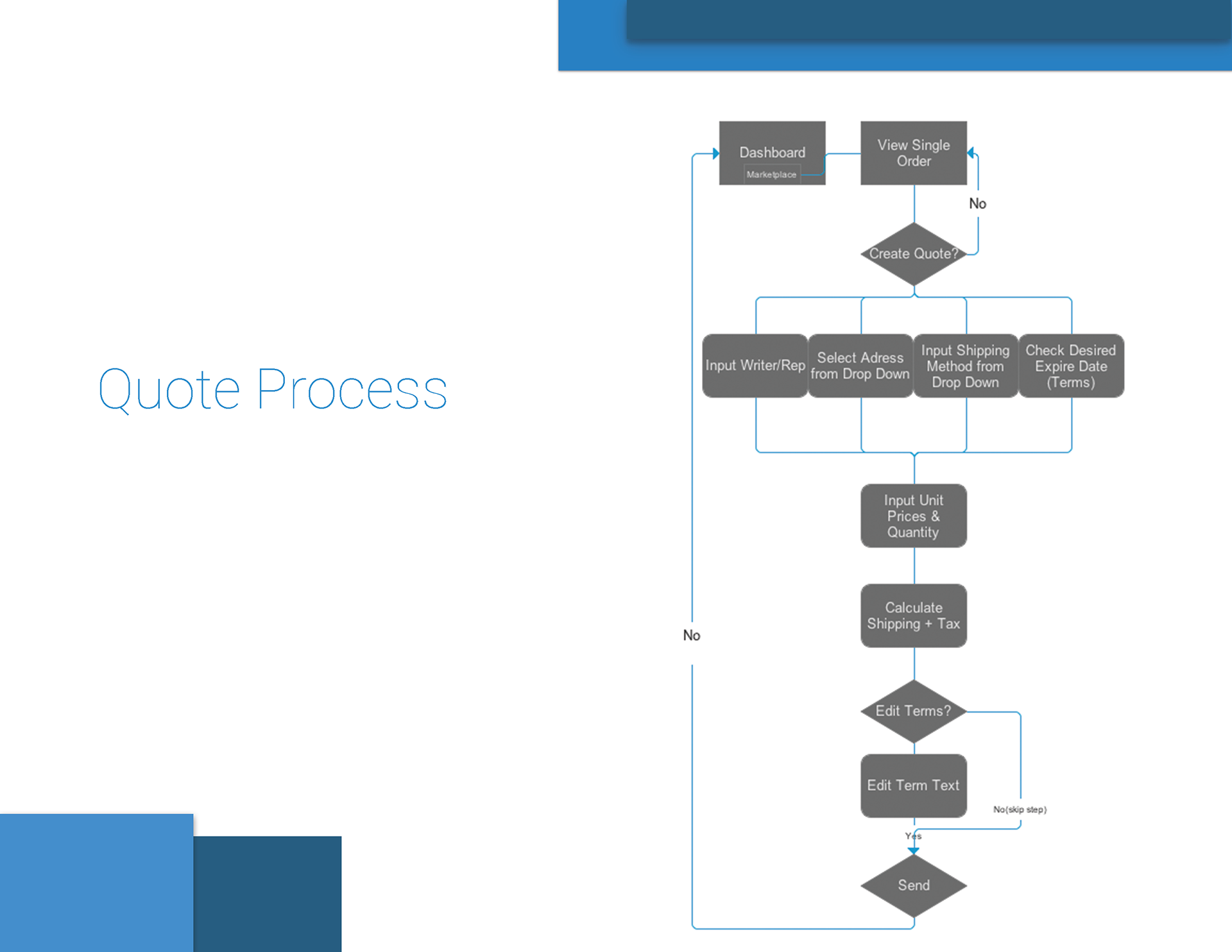
Once I had the wires fixated on Axure, we started adding interactivity and showing the client what the platform would perform like. I built form fields and implemented various interactions that gave the client agency over the mockups, which gave them a lot of confidence in the direction the app was headed.
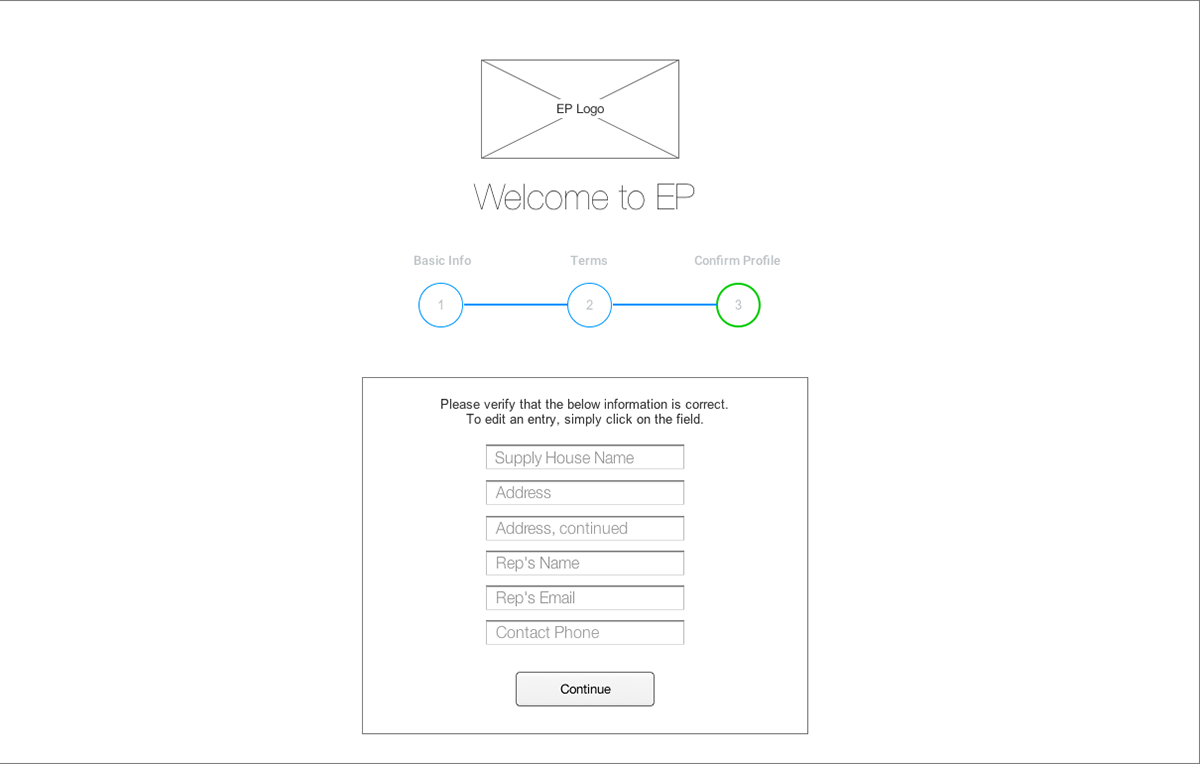
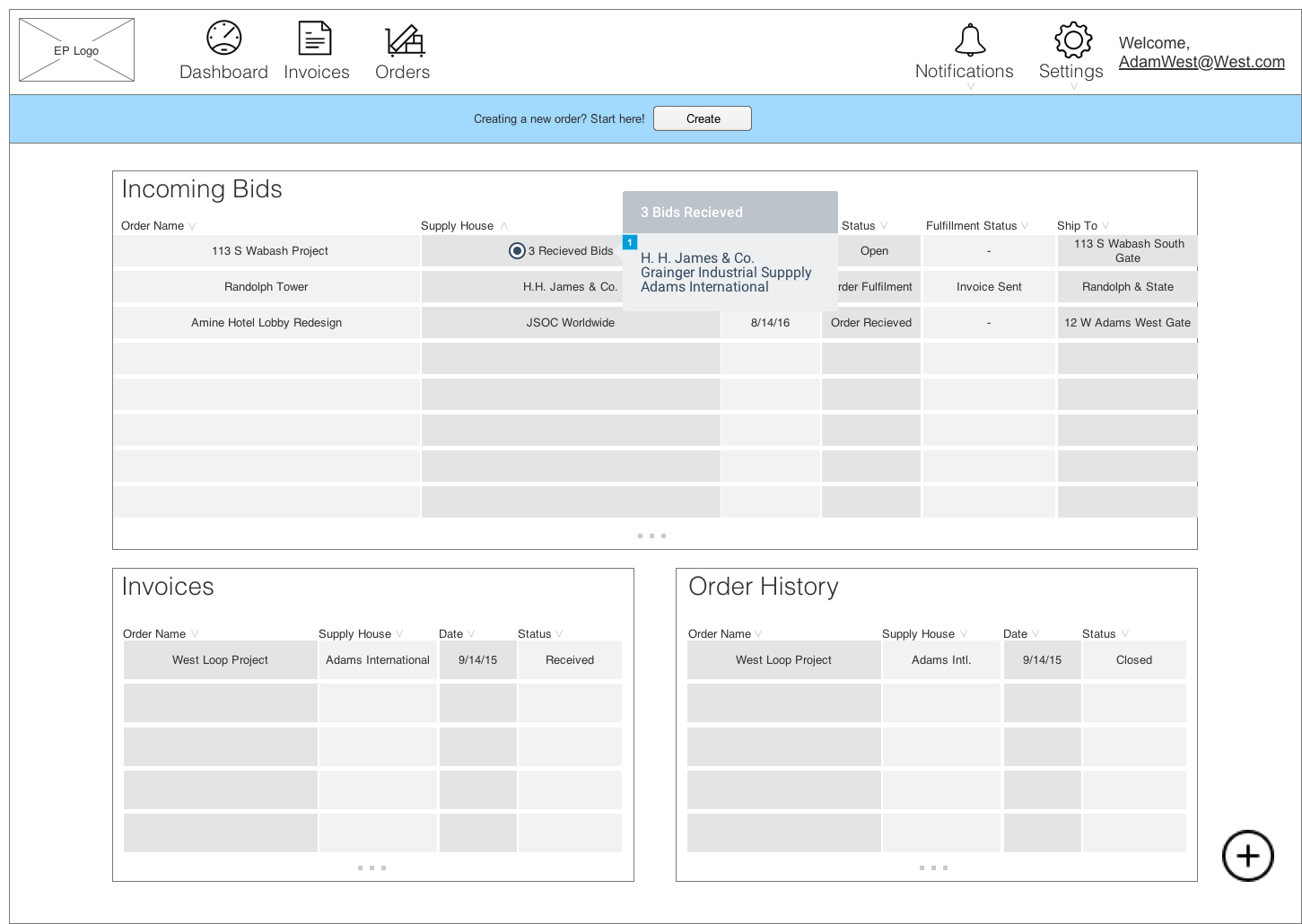
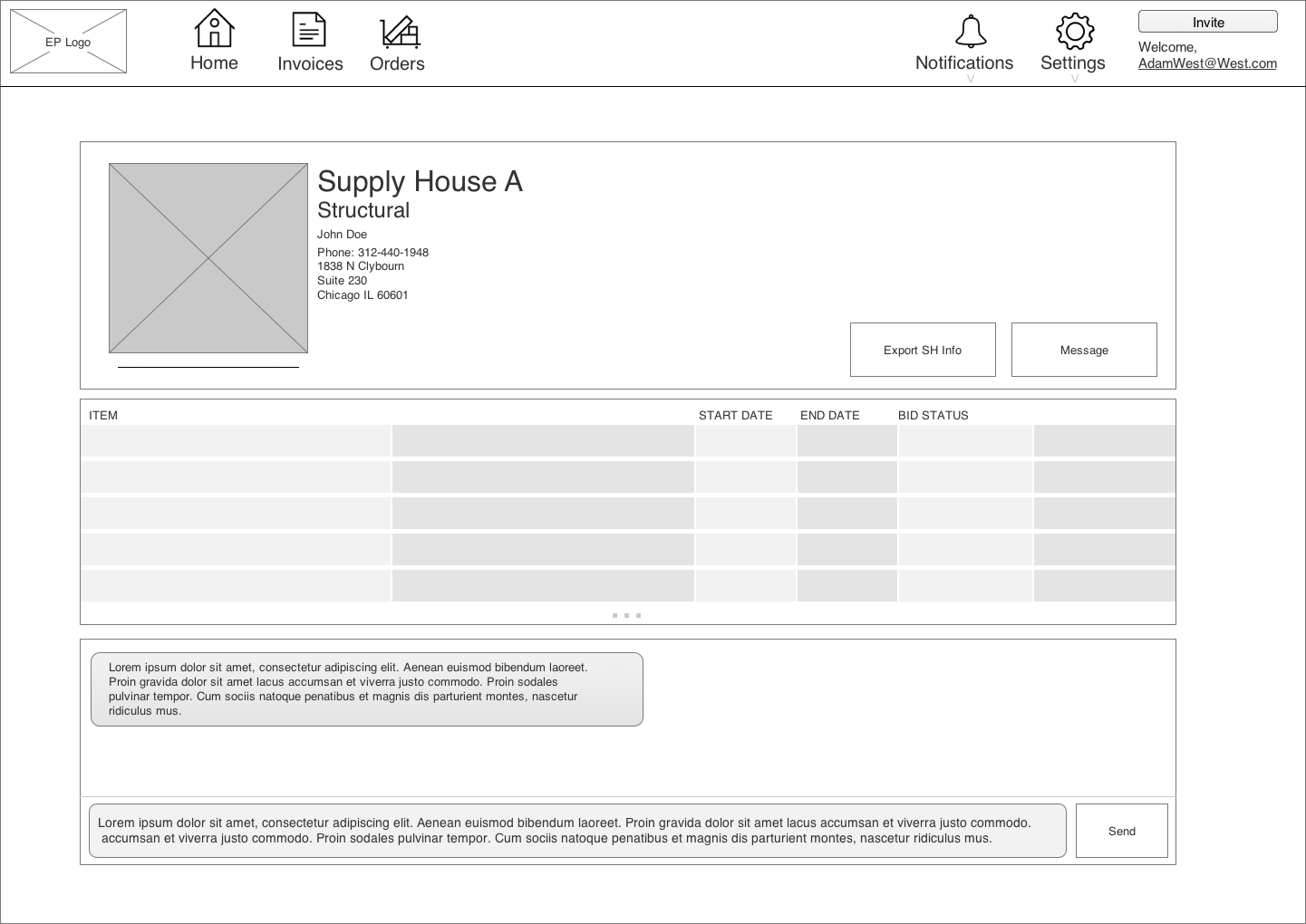
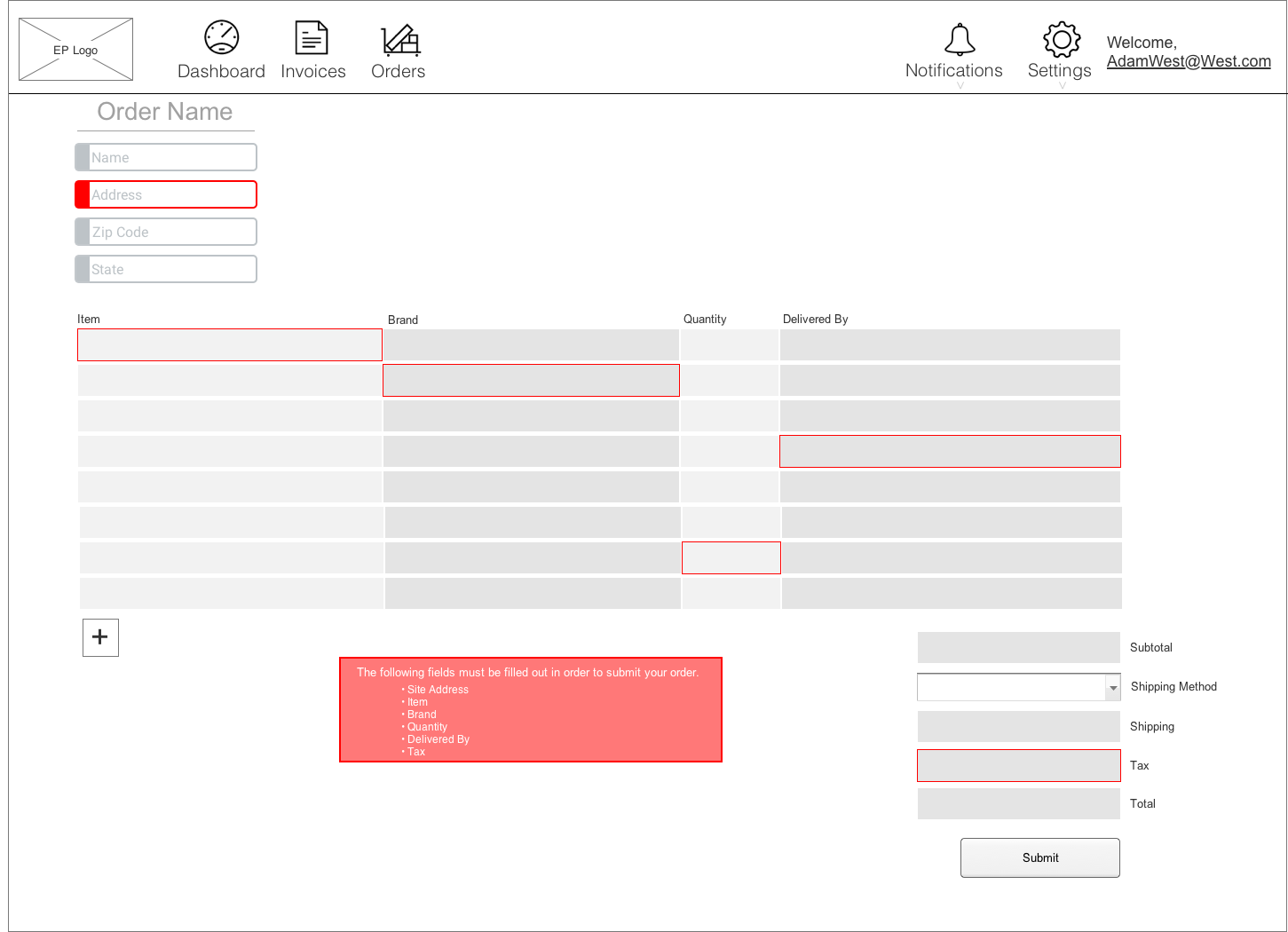
Due to other projects, UI design was relinquished to our Visual Designer, and I watched the clients vision turn from concept into reality with the magic of an AngularJS admin template and some top-tier development.
